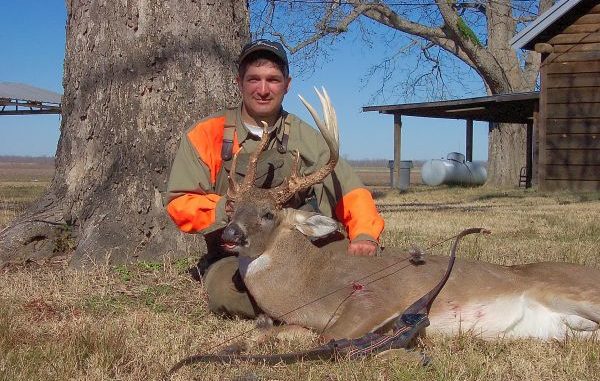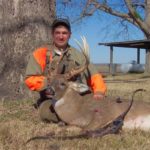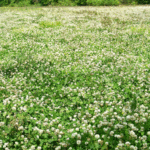
The Louisiana Department of Wildlife and Fisheries recognizes QDM as a valuable component to its Deer Management Assistance Program (DMAP). The following statement appears on the LDWF website regarding QDM practices regarding DMAP:
“Many cooperators are participating in Quality Deer Management Programs and in recent years there has been a decline in the percent of young bucks harvested along with an increase in the number of adult bucks harvested by DMAP cooperators. Some southeastern states have had to establish mandatory antler regulations in order to achieve similar results.”
LDWF deer study leader Scott Durham says, “I think there has been a shift in the objectives of many hunters. They are out to kill better quality deer, and lots of people are passing younger bucks these days in their own practices on DMAP lands and even on some of our WMAs.
“You can see this in our recent listings in the Louisiana Big Game Records,” emphasized Durham. “Last year was very good regarding harvesting big bucks, and we’re seeing more quality bucks making our annual big game records.
“Now then, a 140 B&C deer is a very fine buck,” explained the biologist. “That is probably the average score of a mature buck (5.5+) in the bottomlands hardwoods.”
In good mixed pine hardwood habitats, an average score for mature bucks would be more like 125 B & C.
For QDM management on private lands, Durham readily admitted that hunters must limit their buck harvests to allow recruitment of younger bucks into the older segment of the deer population.
“But depending on the sex ratio and relative density of the herd, hunters may need to harvest or “cull” some bucks that appear low quality, or that are not showing good potential,” said Durham.
“The timing of doe harvest is important too and dependent on the breeding period for the area. Most adult female harvests should occur after fawns are big enough to make it well on their own. Hunters should remove some young does and does without fawns early.
“However if you have many adult does with no fawns, you have a problem. In QDM, you are removing some hungry mouths earlier on so that you’re going to have more competition (for does) among mature bucks — allowing them to move during the rut to become more available to be harvested.
“When deer managers limit their buck harvests to an appropriate level and remove some mouths (does) for the residual bucks they want to keep, that’s traditional QDM.
“Quality management (of deer) is basically the philosophy of maintaining a balanced herd with good sex ratios, and you want high productivity with resilient deer. And that’s what we are accomplishing with DMAP practices,” explained the biologist.
Regarding nutrition and quality deer management, Durham emphasized the need to have as many diverse deer foods as possible in the environment year round.
“The availability of year round deer forage is important,” said the deer study leader. “The most important thing one can do is to manage the forest and native habitat. Additionally, having year round plots provides supplemental forage and we think healthier than using stationary feeders.
“It also spreads the deer out on the landscape more and reduces the risks of disease and parasites associated with concentrating animals in one spot.
“I recommend wheat, oats and clover, and clovers are my favorite,” said Durham. “There’s so many new ones out there and these include varieties such as Arrowleaf, Ladino, Osceola, Durana and Crimson.
“Mix clover in there with wheat and oats depending on your soils,” advised Durham. “Pick food plots that match your habitat, as some forage plants do better in wet soils whereas others do better in dry conditions.
“In the summertime, the addition of forage soybeans makes a lot of sense since it has a real long maturation date,” explained the biologist. “They can also stand a lot of browsing.
“And it’s still hard to beat standing corn,” said the deer study leader. Other options include cowpeas, lab lab and milo.
Durham also added that having a good mast (acorn) crop also increases resiliency in the deer herd for the entire year. And he is quite optimistic that many deer were carried over to this year due to the record mast crop of the fall of 2011-12.
“And this fall, mast again appears to be in moderate abundance,” observed Durham.




